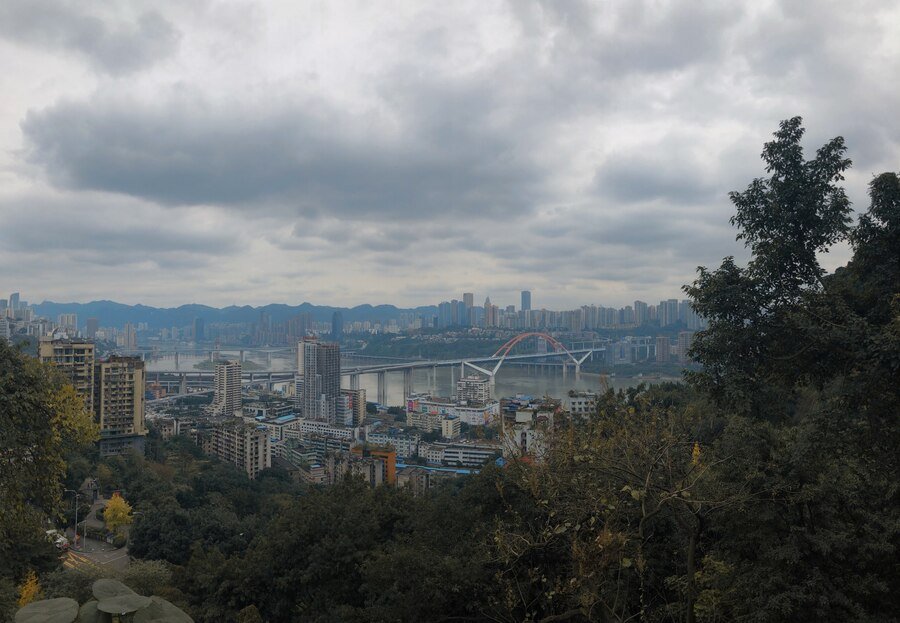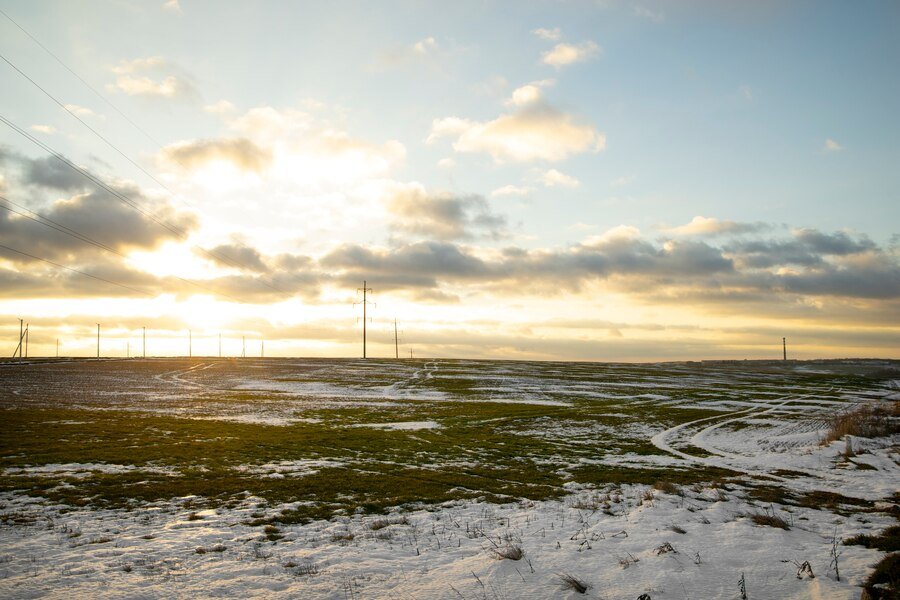Bellingham Weather: A Comprehensive Guide

Bellingham Weather, is a picturesque city located in the northwestern part of the state, near the Canadian border. Nestled between the scenic Puget Sound and the majestic North Cascades, Bellingham boasts a unique climate that attracts outdoor enthusiasts, nature lovers, and tourists. With its diverse weather patterns, understanding Bellingham’s climate can help residents and visitors alike plan their activities accordingly.
In this article, we will explore the different seasons in bellingham weather, the factors that influence its bellingham weather, and provide tips for navigating the city’s climate. Additionally, we will cover common weather-related concerns, including rainfall, temperature fluctuations, and best practices for enjoying the outdoors. By the end of this guide, you will have a clearer picture of what to expect when it comes to Bellingham’s weather.
Climate Overview

bellingham weather experiences a temperate maritime climate, characterized by mild, wet winters and cool, dry summers. This climate is influenced by its proximity to the Pacific Ocean, which moderates temperatures throughout the year. The city sees an average annual precipitation of about 36 inches, making it one of the wetter areas in Washington state.
Seasonal Breakdown
1. Winter (December to February)
Winter in Bellingham is generally mild compared to many other regions in the Pacific Northwest. Average temperatures range from 35°F (1°C) to 50°F (10°C). Snowfall is not uncommon but tends to be light and sporadic. However, winter storms can occasionally bring heavier snowfall, particularly in the surrounding mountains, making it a great time for winter sports enthusiasts to hit the slopes.
2. Spring (March to May)
Spring marks a transition period in bellingham weather, with temperatures gradually warming up. Average daily temperatures range from 40°F (4°C) to 65°F (18°C). Rainfall remains common in March and April but begins to decrease by May. The arrival of spring also brings blooming flowers and lush greenery, making it an ideal time for outdoor activities like hiking and biking.
3. Summer (June to August)
bellingham weather summers are pleasantly cool, with average temperatures ranging from 55°F (13°C) to 75°F (24°C). July and August are the driest months, with minimal rainfall and plenty of sunshine. This is the perfect time for outdoor activities, including festivals, farmers’ markets, and waterfront events. The extended daylight hours also allow for more exploration of the natural beauty surrounding the city.
4. Fall (September to November)
Fall is a beautiful season in bellingham weather, as the leaves change colors and the weather begins to cool down. Average temperatures during this time range from 45°F (7°C) to 65°F (18°C). Rainfall begins to increase in October, leading to the wetter months of November and December. Fall is an excellent time for hiking, as the scenery transforms with vibrant fall colors.
Weather Patterns and Influences

Bellingham’s weather is influenced by several geographical and meteorological factors:
1. Proximity to the Pacific Ocean
The Pacific Ocean has a significant moderating effect on bellingham weather climate. It helps keep winters mild and summers cool. The ocean also contributes to the city’s rainfall patterns, particularly during the winter months when storms roll in from the west.
2. Mountain Ranges
The nearby North Cascades create a rain shadow effect that influences precipitation levels in bellingham weather. Areas to the east of the mountains receive less rainfall, while the coastal regions, including Bellingham, experience more precipitation. This geographic feature is crucial in shaping the local ecosystem and weather patterns.
3. Microclimates
bellingham weather is home to several microclimates due to its diverse geography, including hills, valleys, and proximity to water bodies. These microclimates can lead to variations in temperature and precipitation levels within the city itself. For example, areas near the waterfront may experience milder temperatures compared to more elevated regions.
Tips for Navigating Bellingham Weather

To make the most of your time in Bellingham, consider these tips for navigating the city’s weather:
1. Layer Your Clothing
Due to temperature fluctuations, especially during transitional seasons like spring and fall, wearing layers is essential. This allows you to adjust your clothing based on changing weather conditions throughout the day.
2. Be Prepared for Rain
bellingham weather is known for its rainy weather, particularly in the winter months. Always carry an umbrella or a waterproof jacket when exploring the city, even if the forecast seems clear.
3. Enjoy Outdoor Activities
With its stunning natural surroundings, Bellingham offers various outdoor activities throughout the year. Take advantage of the summer months for hiking, biking, and waterfront activities. In the winter, consider skiing or snowboarding in the nearby mountains.
4. Check the Weather Forecast
Stay informed by checking the local weather forecast regularly. This is especially important if you plan outdoor activities, as weather conditions can change rapidly.
5. Embrace Each Season
Each season in Bellingham has its unique charm. Embrace the seasonal changes by participating in local events, such as summer festivals or fall harvest celebrations, to fully experience the city’s culture.
Conclusion
bellingham weather is characterized by its temperate maritime climate, with mild winters, cool summers, and ample rainfall throughout the year. Understanding the city’s climate and seasonal variations can enhance your experience, whether you’re a resident or a visitor.
By being prepared for changing weather conditions and embracing the beauty of each season, you can enjoy everything Bellingham has to offer. From outdoor adventures in the summer to cozy winter activities, Bellingham’s weather plays a crucial role in shaping the local lifestyle and culture. With this comprehensive guide, you now have the knowledge to navigate Bellingham’s unique weather patterns and make the most of your time in this beautiful part of Washington state.
FAQs
Q: What is the average annual precipitation in Bellingham?
A: Bellingham receives about 36 inches of precipitation annually, with most rain falling between October and April.
Q: How cold does it get in Bellingham during winter?
A: Winter temperatures in Bellingham typically range from 35°F (1°C) to 50°F (10°C), with occasional light snowfall.
Q: What is the best time to visit Bellingham for outdoor activities?
A: The summer months (June to August) are ideal for outdoor activities, as temperatures are mild and rainfall is minimal.
Q: Does Bellingham experience extreme weather conditions?
A: Bellingham generally has a mild climate, but heavy winter storms can occasionally occur, leading to increased snowfall.Q: How should I prepare for Bellingham’s rainy weather?
A: Always carry an umbrella or waterproof jacket, especially during the rainy season, and consider wearing layers to adjust to changing temperatures.





